Baker Branch Library
Introduction
Text-to-speech Audio
Images
Front View of Baker Branch Library
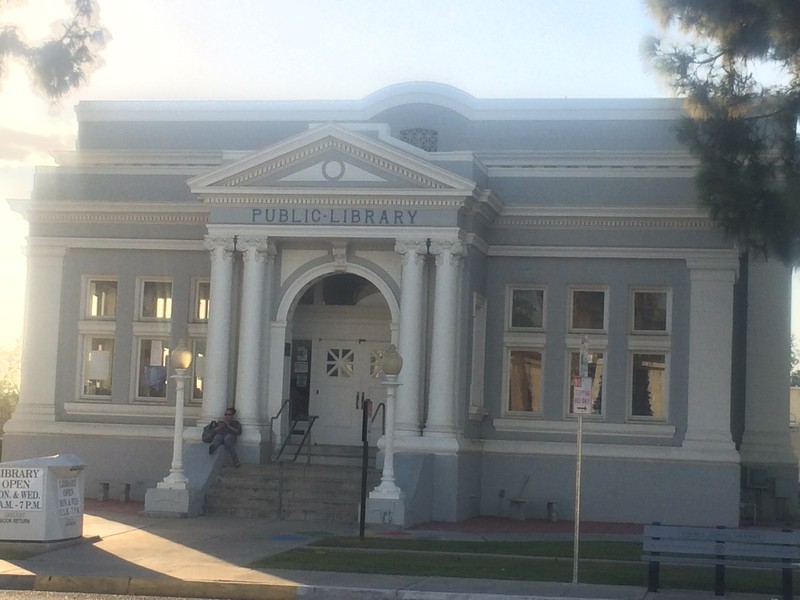
Plate marking Baker Branch Library an official historical place
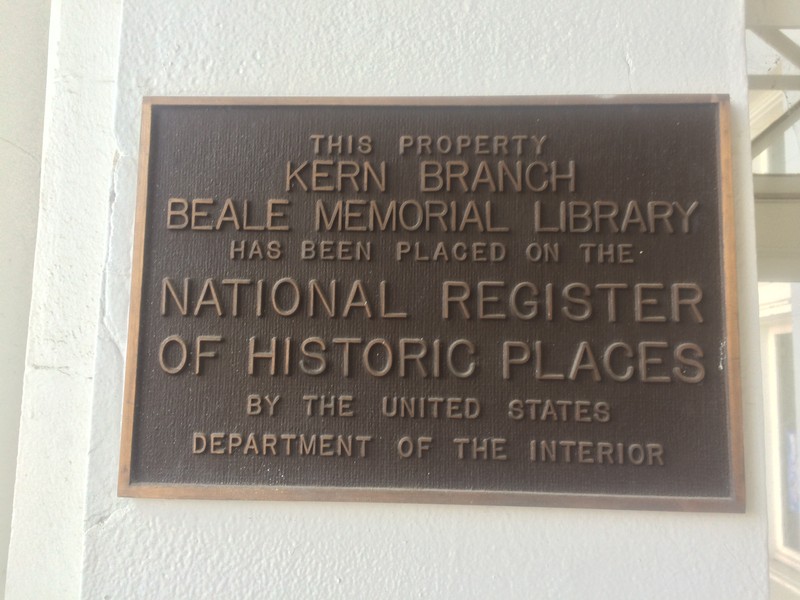
Inside arch (back of library)
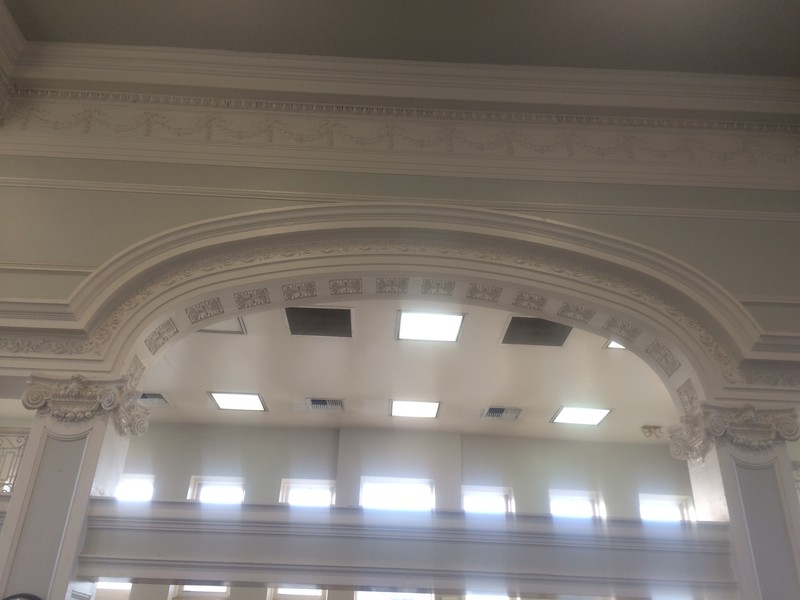
Inside arch (Front of library)
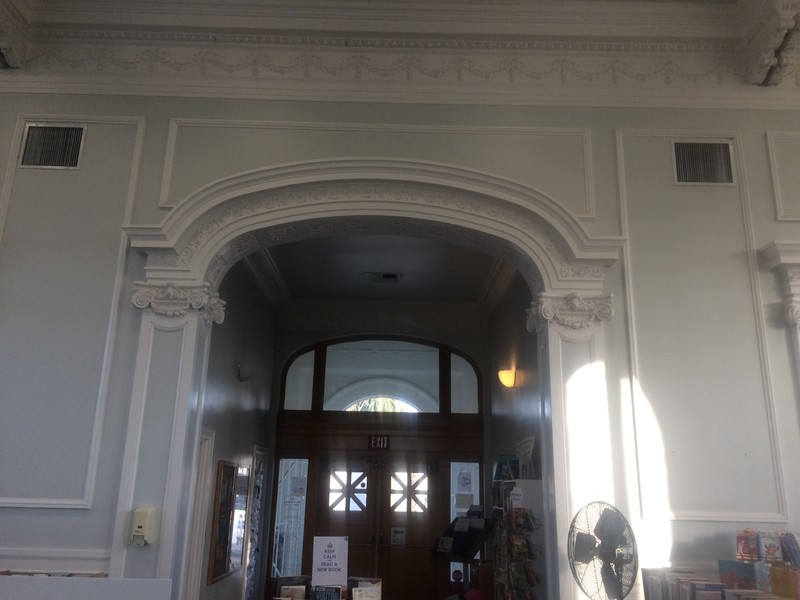
One of the fireplaces inside the library.
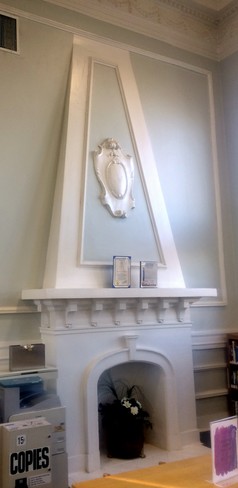
Backstory and Context
Text-to-speech Audio
On June 11, 1911, the Kern County Board of Supervisors established the Free Library. These free libraries were funded by a 2.5 cent per $100 tax. Under this new county library system, six different branches were founded. In 1923, library branches that had been separately administered by the City of Bakersfield, including the Beale Memorial Library, East Bakersfield libraries, and collections at City Hall, became a part of the Kern County Free Library system. Since then, the library system has grown to include 24 physical locations, two Bookmobiles, and an online eLibrary. Kern County Free Libraries seek to “provide access to resources that enrich lives" and "nurture creativity, education and imagination to inspire.” One of the oldest library buildings still in use as a part of this system is the Baker Branch Library located in Bakersfield, CA.
The Baker Branch Library opened its doors on July 8, 1915, and was a part of the Kern Library Association’s East Bakersfield Branch of the Beale Memorial Library. The Baker Branch Library became a part of the Kern County Free Library system in September of 1923. The library was designed by architect Orville Lee Clark and signifies the Italian Renaissance version of the Greek Revival federal public building. As described at the Kern County Library website, the Italian Renaissance style "can be seen in the Doric columnns, the entry arch embellished with flowers, and the pair of ornate Italian lamps near the foot of the entry steps." The Baker Branch Library was listed in the National Register of Historic Places in April of 1981 as one of the most architecturally significant buildings in Bakersfield and for the significant role it has played in the history of the community. The Baker Branch prides itself on being a neighborhood library with strong public support. Many of those who live in Baker Branch community can trace their indulgent memories to the Baker Branch Library.
When nominated to the National Register of Historic Places, the building was noted to have retained much of its original character, with none of the original walls removed and only minor alterations in the architectural decoration. There has been some updating, including the installation of an air conditioning unit, but overall the historical character of the building makes it a unique public building in Bakersfield where generations of Kern County residents have made memories. It is definitely a site worth visiting.
Sources
- "Inside Story: Baker Branch Library." Bakersfield.com. 22 Feb. 2013, http://www.bakersfield.com/bakersfield_life/inside-story-baker-branch library/article c7168695-7548-566c-ad99-5a82fbdafd73.html. Accessed 11 Oct. 2016.
- "Baker Branch Library." Kerncountylibrary.org. http://kerncountylibrary.org/baker-branch/. Accessed 12 Oct. 2016.
- Christopher Brewer, National Register of Historic Places Inventory--Nomination Form, Baker Street Library. 1981. https://npgallery.nps.gov/pdfhost/docs/NRHP/Text/81000150.pdf. Accessed 1 March 2017.
